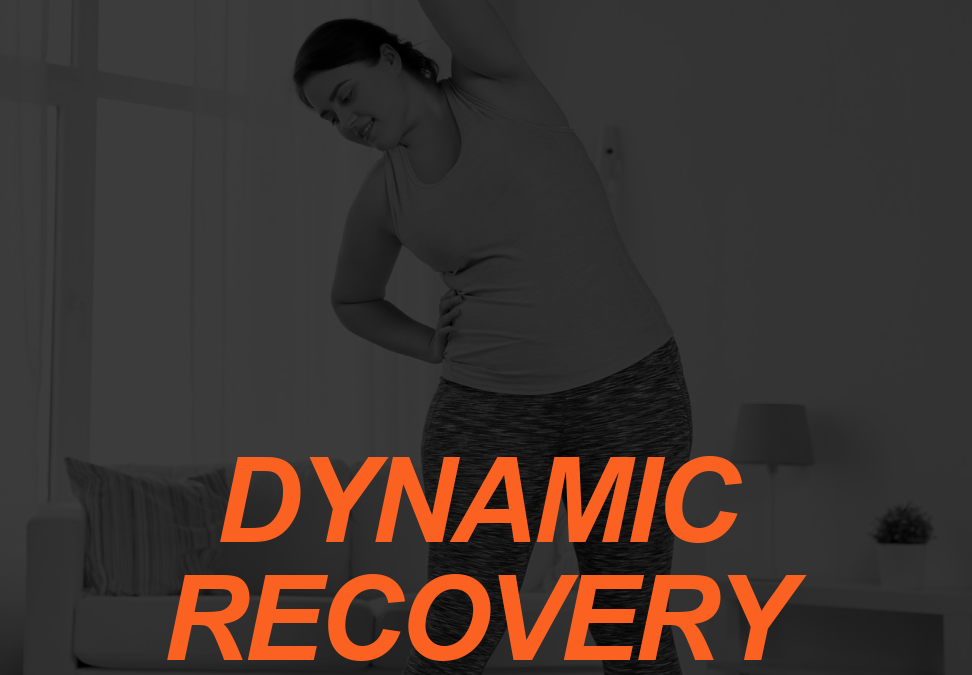At some point in human existence, we were conditioned to think rest and recovery is a reward and not a right or vital component of healing and progress. As such, fitness clients may not naturally realize rest days and active recovery days are essential to achieving their health and fitness goals. This is where dynamic recovery may become a sound approach for personal trainers to encourage the much-needed “downtime” their enthusiastic clients might be avoiding.
Programming Dynamic Recovery
Early on in my practice (spanning almost 20 years now), I did not consider programming recovery days for my clients’ periodization schedule. My philosophy and approach shifted as I started re-thinking what effective program design should include and what components of a program lead to progress. Now, one of the components I emphasize in program design is dynamic recovery and flexibility. Current athletic and exercise science has recognized the importance of deloading athletes in order to give the excitatory systems a break; natural cycles that include ebbs and flows are seen everywhere in nature and in our body rhythms—workout programs should be no different.
I “assign” this type of workout to my clients to complete twice a week. Clients also engage in a reflective practice following the recovery workout with the purpose of identifying areas of tightness, soreness, or imbalance. Then, we address those concerns together by making modifications to the exercise program. After I started taking this approach with program design and client workouts, I noticed my clients improve their joint stability, mobility, and general performance.
Below is a sample workout I use with a beginner to intermediate client whose goal is to improve general fitness and function.
4 Minute Body Weight Warm-up
- Jumping Jacks or Step Outs (30 seconds)
- High Knee Marches (30 seconds)
- Arm circles forward and backward (30 seconds forward; 30 seconds backward)
- Open the Gate/Close the Gate (30 seconds beginning with the right side and switching to the left for another 30 seconds)
- Kang Squat (a hybrid of a Good Morning and a Back Squat) (30 seconds)
- Spinal rotations (30 seconds)
Dynamic Movements
- Hands behind head to Y position (8 reps)
- Side bends (16 reps total)
- Arms overhead to lat pull (8 reps)
- Standing thoracic spine twist (elbow to elbow) (16 total – 8 each side)
- Bent-over-straight arm lateral raise (16 total – 8 each side)
- Plank walkouts (8 reps)
- Cat-cow
- Hip circles (knee up, open the gate, circle back) (16 total – 8 each side)
- Reverse lunge return to knee raise and back (16 total – 8 each side)
- Leg swing (side to side) (16 total – 8 each side)
- Leg swing (front to back) (16 total – 8 each side)
- Catchers’ stretch (cross arms in front – sway back and forth) 8 total
- World’s greatest stretch (16 total – 8 each side)
- Plank to Down dog (8 reps)
Cooldown
Deep breath in, feet shoulder-width apart (three times)
This type of dynamic recovery workout can be easily adapted to fit the needs and experience level of each client. As these movements only require the use of body weight and about 6 feet of space, it’s perfect for on-the-go exercise during travel or to undo a day at the desk. For optimal results, have clients perform some type of dynamic recovery two times a week in between exercise sessions.
[sc name=”stretching” ][/sc]
Dr. Erin Nitschke, NFPT-CPT, NSCA-CPT, ACE Health Coach, Fitness Nutrition Specialist, Therapeutic Exercise Specialist, and Pn1 is a health and human performance college professor, fitness blogger, mother, and passionate fitness professional. She has over 15 years of experience in the fitness industry and college instruction. Erin believes in the power of a holistic approach to healthy living. She loves encouraging her clients and students to develop body harmony by teaching focused skill development and lifestyle balance. Erin is also the Director of Educational Partnerships & Programs for the NFPT. Erin is an editorial author for ACE, IDEA, The Sheridan Press, and the Casper Star Tribune. Visit her personal blog at belivestaywell.com


